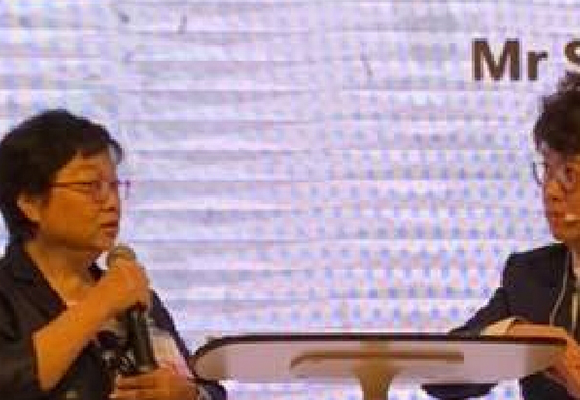The Effect Of Visual Therapy On The Ocular Motor Control Of Seven- To Eight-year-old Children With Developmental Coordination Disorder (Dcd)
Dané Coetzee, , , Anita E. Pienaar1,
Abstract
The aims of this study were to determine the extent of ocular, motor control problems and the effect of visual therapy on such problems, among seven- to eight-year-old children diagnosed with DCD. Thirty-two, children with a mean age of 95.66 months (SD ± 3.54) participated in the study. The MABC was used to classify children into DCD categories (<15th, percentile) while the Sensory Input Systems Screening Test and QNST-II, were used to evaluate ocular motor control. A two-group pre-test–post-test, cross-over design was followed with a retention test two years, thereafter to determine the lasting effect of the visual therapy, intervention. The 18-week visual therapy programme was executed once a week, for 40 min during school hours, after which the two groups were, crossed over. Percentages of ocular motor control problems ranging, between 6.25% and 93.75% were found in both the groups before participating, in the visual therapy programme, with the highest percentage problems found, in visual pursuit with the left eye. Visual therapy contributed to a, significant improvement of 75–100% in visual pursuit, fixation, ocular, alignment and convergence, with significant lasting effects (p < 0.001). Visual therapy is recommended for children with DCD experiencing poor, ocular motor control.
Keywords
DCD; Ocular motor control; Visual therapy
Corresponding author at: School of Biokinetics, Recreation and Sport Science, North-West University, Potchefstroom Campus, Private Bag X6001, Potchefstroom 2520, South Africa. Tel.: +27 18 299 1792; fax: +27 18 299 1825.
1
Tel.: +27 18 299 1796; fax: +27 18 299 1825.
Copyright © 2013 Elsevier Ltd. All rights reserved.


